Black Friday deals can make things tough on shoppers when prices are dropping all over the place. Knowing just what to get in a market steeped with serious savings can be stressful, but with our years of knowledge covering tech and Black Friday, we know just where to look and which product to buy — especially when it comes to budget OLED TVs.
Two such Black Friday OLED TV deals are proving rather interesting, hitting as low as $599, which is a pretty steep bargain on the market's most premium (and coveted) screen type. In one corner is the Sansui OLED TV, a 55-inch budget model that prides itself on delivering a OLED picture for a super cheap price. In the other corner is the cheapest OLED offering among LG's 2024 TV lineup in the 48-inch B4 OLED TV.
There are several pros and cons to both, of course, but one is certainly the better deal here. While you might think getting the bigger size in Sansui's 55-inch model makes the most sense, bigger isn't always better — and, lucky for you, the 55-inch LG B4 is also aptly slashed to a new low right now.
But what makes these deals so appealing is that OLED screen. You don't often see the best OLED TVs come down in price so much. Seeing not one but two OLED TVs well under $1,000 is something to get real excited about, but of the two which should you go for this Black Friday? Let's find out.
Meet LG's cheapest OLED TV in the 48-inch B4 OLED. It's a true stunner despite its lower price, sporting just enough concessions to meet that value pricing without sacrificing performance. It's built on a 120Hz refresh rate with LG's a8 AI chip doing all the major heavy lifting, including upscaling and motion processing. In our LG B4 OLED review, we praised its handling of darker scenes and movies, citing it as the perfect budget buy for gamers, especially those with a brand-new PS5 Pro.
Just because it's OLED doesn't make it a serious consideration for everyone. The Sansui 55-inch OLED TV is one of the cheapest OLEDs on the market and there's a reason for that. Like the B4, Sansui makes some concessions to meet that low price point, using a 120Hz refresh rate on the Google TV interface. It's not quite as feature-rich as its competitor, but does have support for Dolby Atmos, Dolby Vision and HDR10 .
LG B4 vs Sansui OLED TV: Specs compared
Swipe to scroll horizontally
| Screen sizes | 48, 55, 65, 77 inches | 55 inches |
| Processor | a8 Gen4 AI Processor 4K | Custom chip |
| Resolution | 3840 x 2160 | 3840 x 2160 |
| HDR | Dolby Vision, HDR10, HLG | Dolby Vision, HDR10, HLG |
| Refresh rate | 120Hz | 120Hz |
| Ports | 4x HDMI 2.1, 2 USB | 4x HDMI (2x HDMI 2.1), 3 USB |
| Audio | 20W, 2.0-channel | 20W, 2.1-channel |
LG B4 vs Sansui OLED TV: Biggest differences
From the outside looking in, you might think the B4 and Sansui OLED are practically the same TV. They sport the same panel type, LG Display's WOLED, while also using a 120Hz refresh rate. Even the speaker system seems largely the same, with both coming in at a (somewhat middling) 20W of power output.
The real story lies deeper, in the numbers, which show just how much better LG's B4 is in relation to its rival. I've already gone down this rabbit hole in my initial B4 vs Sansui OLED faceoff, but to give you some added perspective the brightness numbers are way different.
Sansui's OLED pushes out just over 400 nits in standard content and its peak HDR brightness isn't much better at just 427 nits. Meanwhile, the LG B4 pumps out as much as 628 nits in standard content and 659 nits in HDR workloads, both of which are quite high for OLED TVs of this caliber. You'd be hard-pressed to find an OLED sporting brightness of this magnitude at this price point.
One thing I will give the Sansui credit for is design. Sansui put a lot of thought into the general design of its OLED, foregoing the ugly stick stands used on most TVs for a pedestal option that allows you immense flexibility in where you place your Sansui OLED. It's also got a built-in subwoofer, gifting the Sansui some serious oomph in the speaker department,
Yet the Sansui OLED still falls flat due to its rather sluggish interface. It runs on Google TV, which uses Android 11 as its main operating system, and while I love the interface by itself it just works so slowly on Sansui's design. That's not to say that the B4's webOS 24 is super speedy, but it's not nearly as sluggish and temperamental at Sansui's.
You also have to take into account additional, smaller features that few might highlight. For instance, Sansui's model doesn't have AirPlay access, meaning you won't be able to cast content from your iPhone to your TV. It also doesn't have support for screen tearing technologies in Nvidia G-Sync and AMD FreeSync, which the B4 does — a feat few TVs let alone OLEDs can afford.
That's the question, though. For $599, what are you willing to sacrifice to get that OLED screen you've always wanted?
LG B4 vs Sansui OLED TV Black Friday deals: Which should you buy?
There's absolutely no question that the LG B4 OLED is the Black Friday OLED deal you should consider this holiday season. While both $599 TVs do offer that sweet OLED-viewing experience and the Sansui's HDR picture is pretty good, I still would go with the B4 primarily because of the trust that comes behind its name.
Although the Sansui is built on Google TV, my personal favorite TV OS, it's one of the slowest interfaces I've tested yet. This is likely because the set uses Sansui's own version of Android 11.
And while you're getting a bigger size in the Sansui model, which only comes in a 55-inch configuration, you could always spend more for the 55-inch LG B4 that's down to just $996 at Amazon. That's a big $400 price difference, but overall I'd put my money on the LG B4 OLED series this Black Friday.
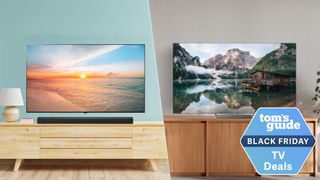
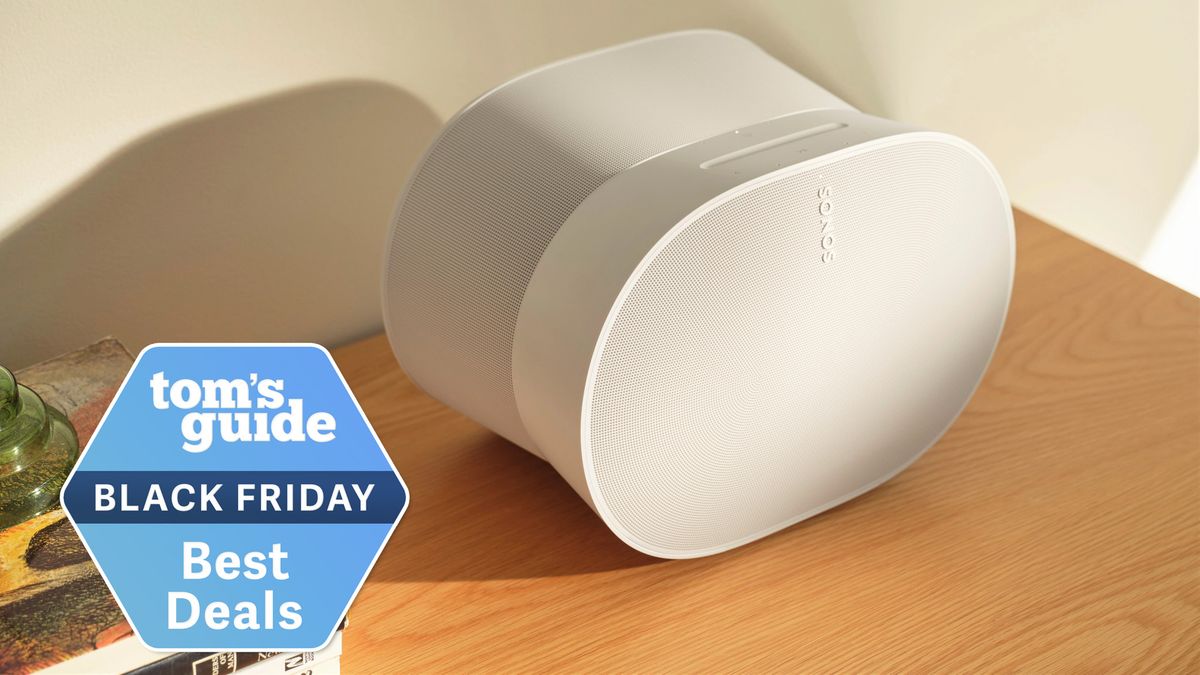
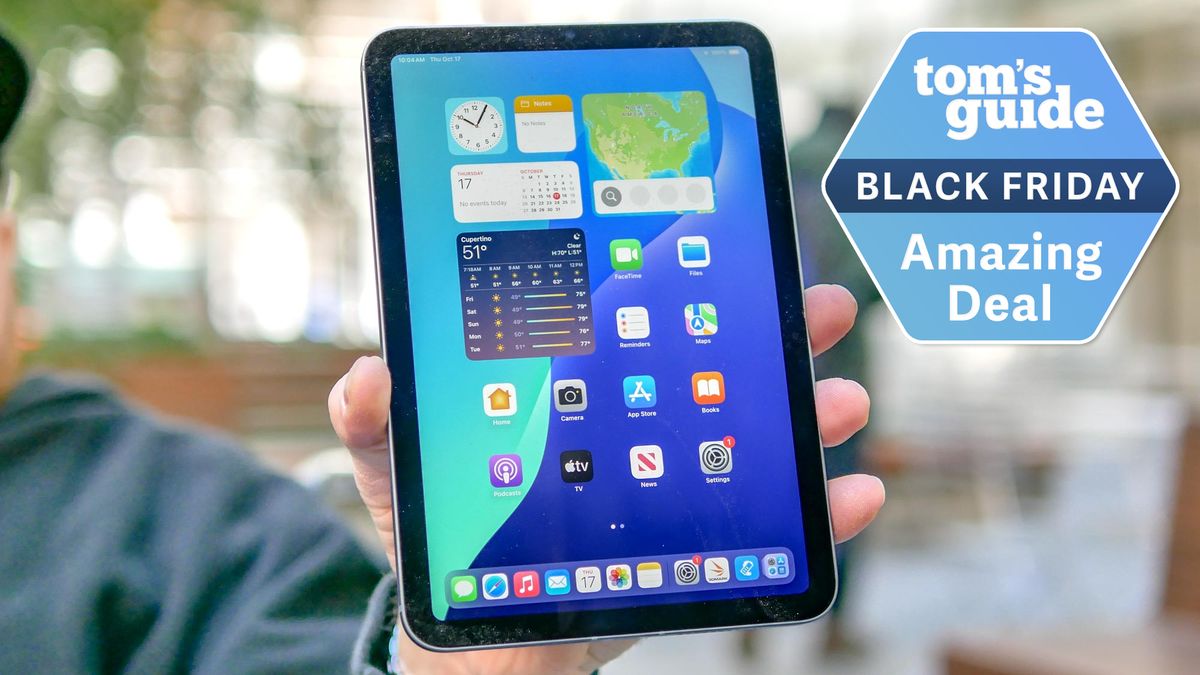

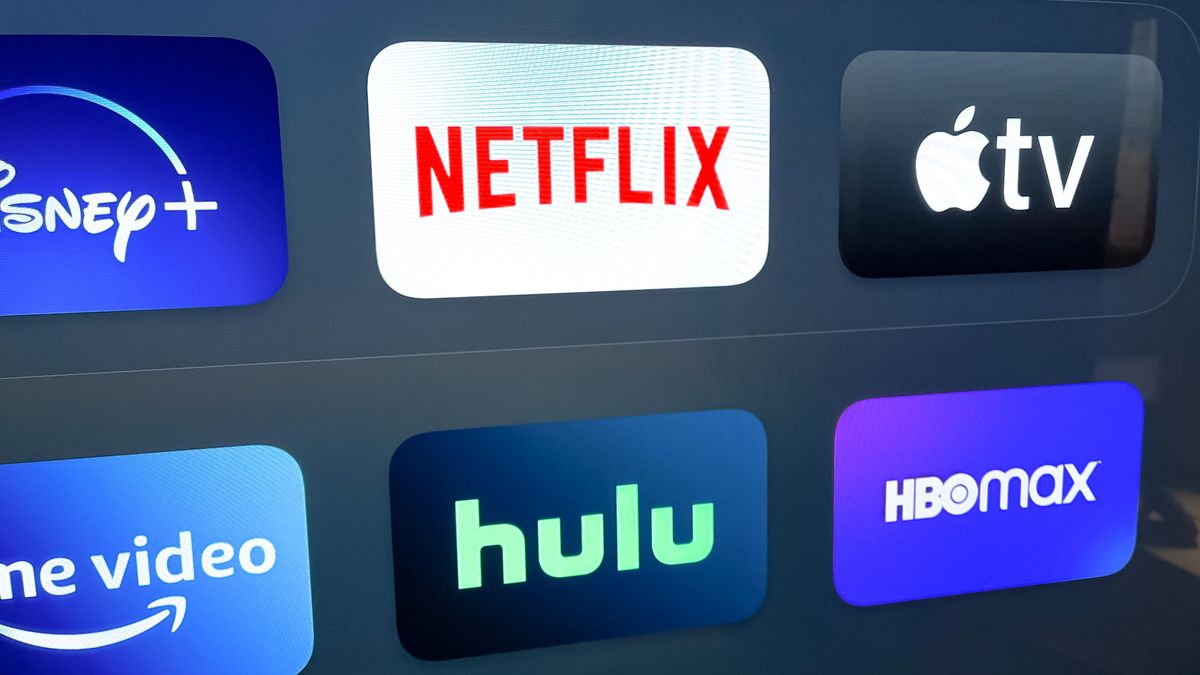


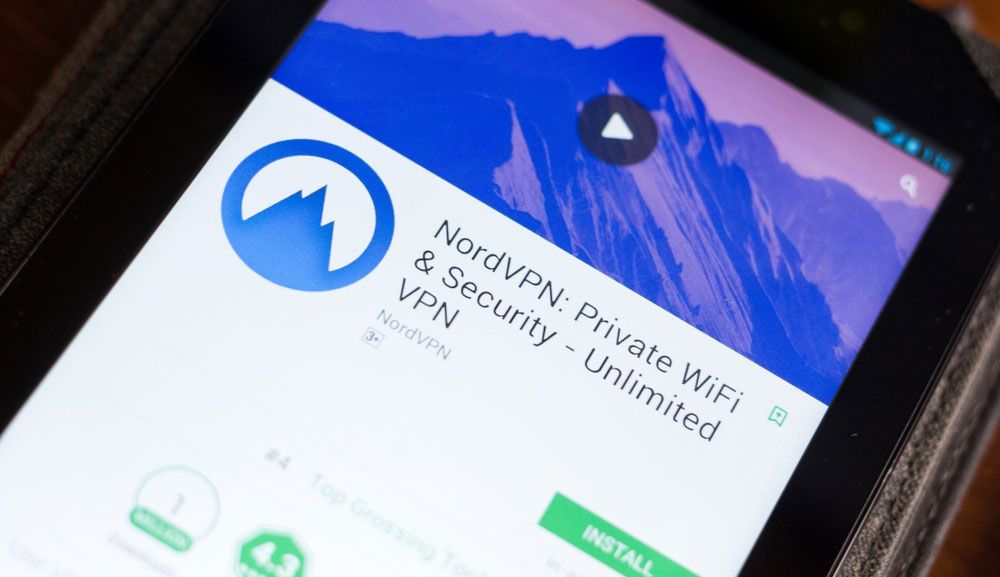

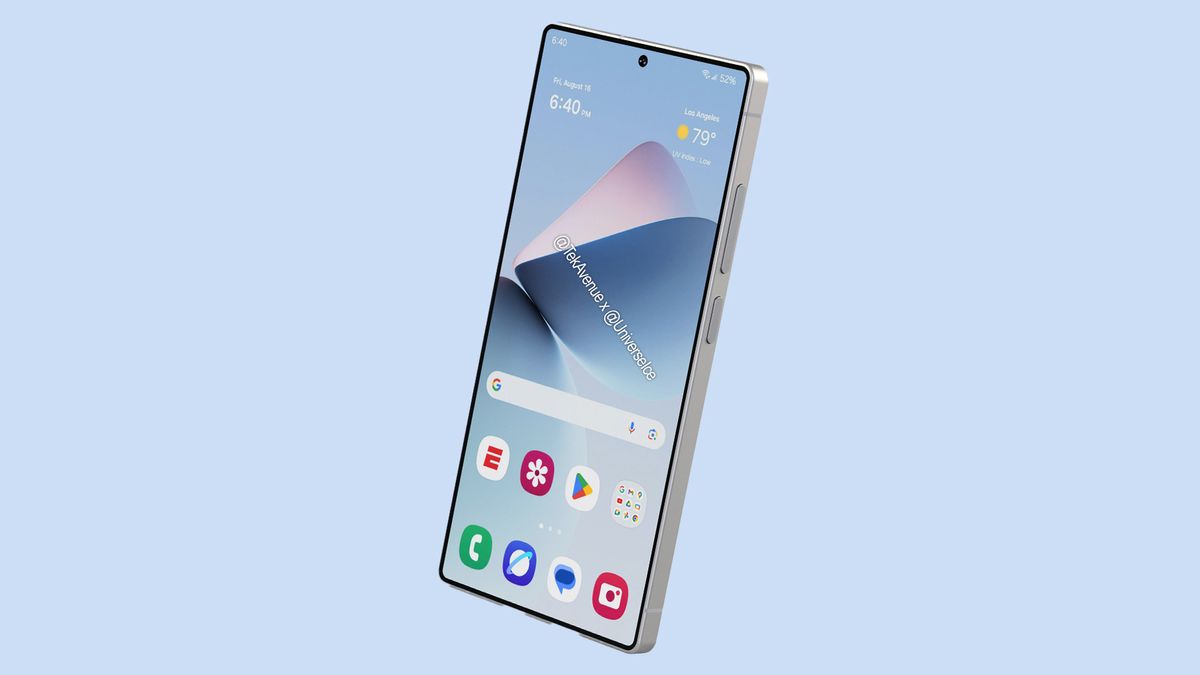










 English (US) ·
English (US) ·